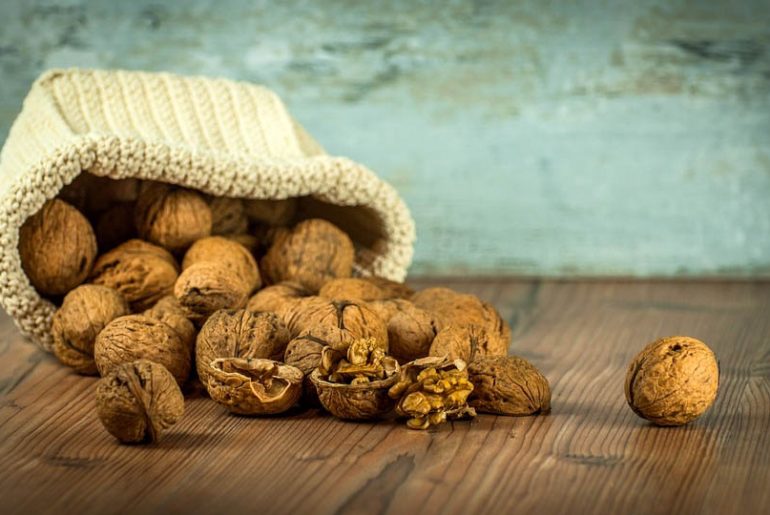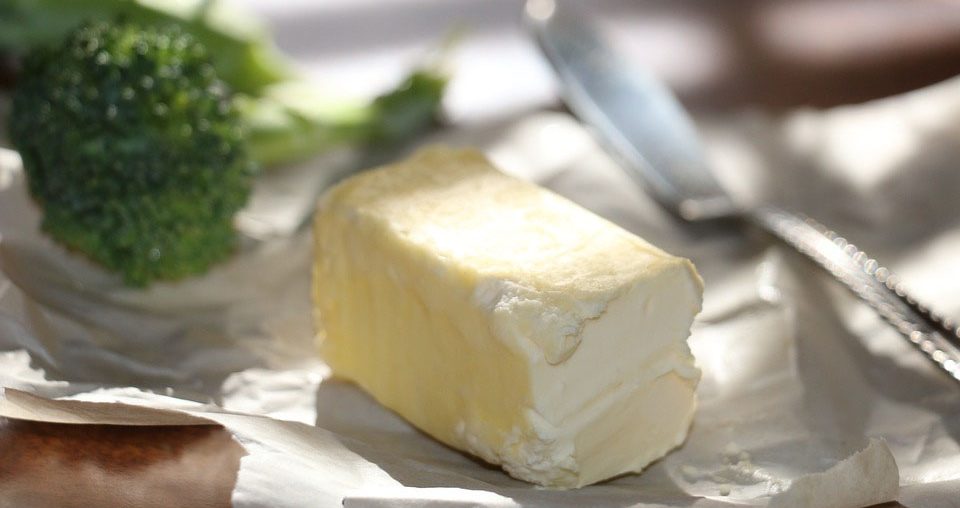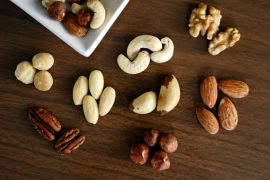In the last few decades, fat has become the villain of the food world, the skulking purveyor of chubbiness, clogged arteries and death. Put a label marked low-fat on anything and it will sell better than its fatty counterparts.
Now a growing number of food scientists are suggesting that a certain amount of fat is needed for your body health. In other words, don’t believe all the bad hype about fat.
Fat is a nutrient, though it is rarely called that. You need it if your body is to function effectively. It plays a key role in absorbing vitamins A, D, E and K, because they are all fat soluble.
Fat is needed to keep your energy high and your hair and skin looking healthy.
I’m 190 pounds of rock hard muscle, underneath 40 pounds of sturdy protective fatJOHN SWARTZWELDER, The Time Machine Did It
The problem is that not all fats are good for you. Like three siblings in a family where one is a fine, law-abiding citizen contributing to society, one is a n’er do well, and one is an outright criminal, the fat family can’t be taken at face value. When you want to invite them into your life, you need to make sure you know one from the other.
The good fat sibling is “unsaturated” and its other names are monounsaturated fat and polyunsaturated fat. The n’er do well is the “saturated fat” and it will mess with your LDL (bad) cholesterol levels.
The one you most want to avoid, however, is the “trans” fat. Naturally it is the most attractive and the one you really crave, because that is the way of life.

How do you recognize each of the fat family members?
The good fat, unsaturated fat, is in nuts, olive oil and canola oil, and in poultry. Unlike its naughty sibling, it will actually work to lower your bad cholesterol levels and lower your blood pressure.
The good polyunsaturated fat is found in fatty fish (herring, salmon, smelt, etc.), fish oils and nuts and seeds like cashews, pecans, peanuts and almonds.
The not so good saturated fat can increase your risk of heart disease by hiking up your LDL or bad cholesterol levels. You find saturated fat in beef, chicken, pork, veal and lamb, coconut and palm oils, dairy products, shortening and lard.
Trans fat, the worst culprit of the fat family, is lurking in those fried foods we love as well as bakery products and margarines. More and more nutrition agencies are calling for an outright ban on trans fats.
Controlling the fat in your foods is easier if you purchase your own groceries and cook your own food. When you eat out, you are more likely to be exposed to trans fats (as in fish and chips) or bad fats in sauces and salad dressings.
When you buy your groceries, focus heavily on fruits, vegetables and whole grain products with no added fat. Avoid pre-packaged meals and take-home foods all ready to eat. Select low-fat milks and cheeses, and soft margarine. Look for fish and lean cuts of meat for your protein sources.
At home, reduce fat by creating your own salad dressings with olive or canola oil and natural flavorings of lemon juice, mustard, herbs and garlic. Favor meat substitutes at least two or three nights a week. These include beans, lentils, seeds and tofu.





